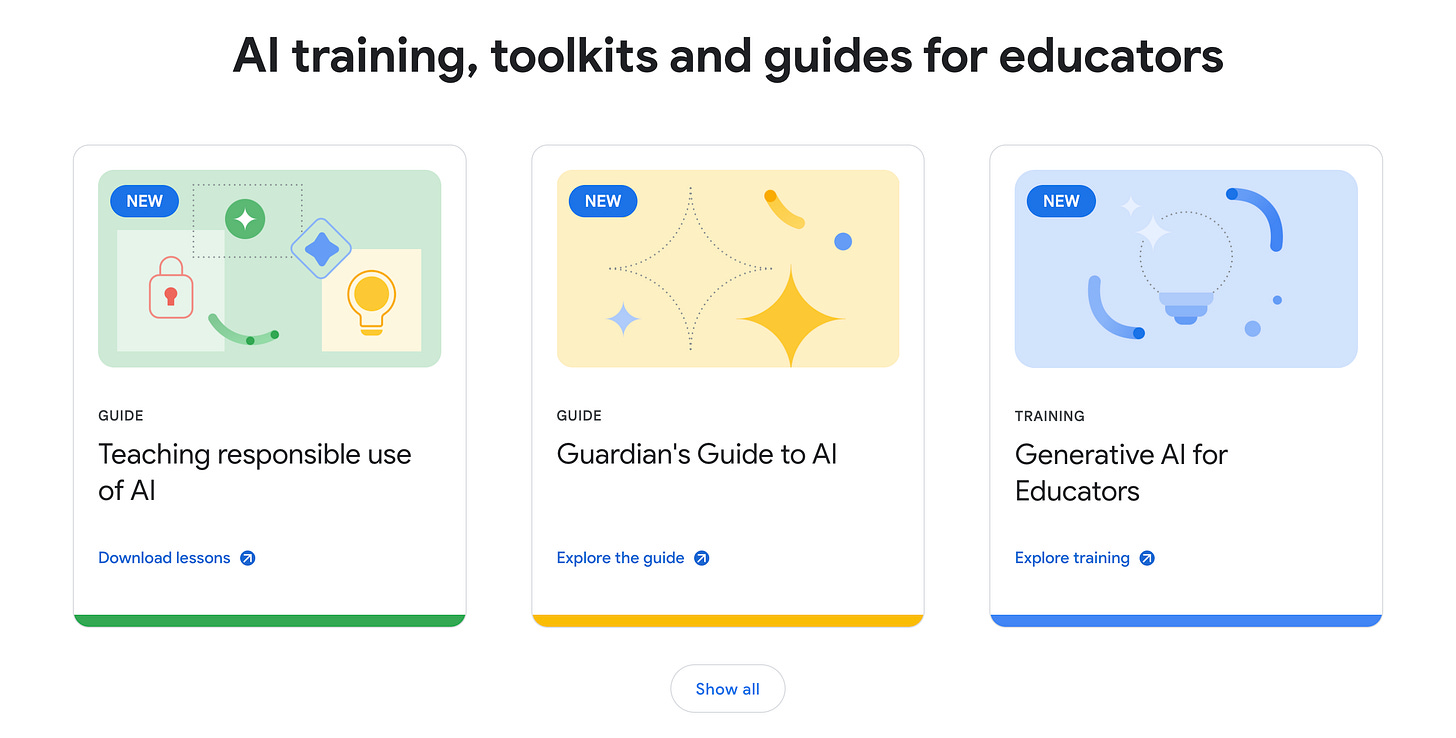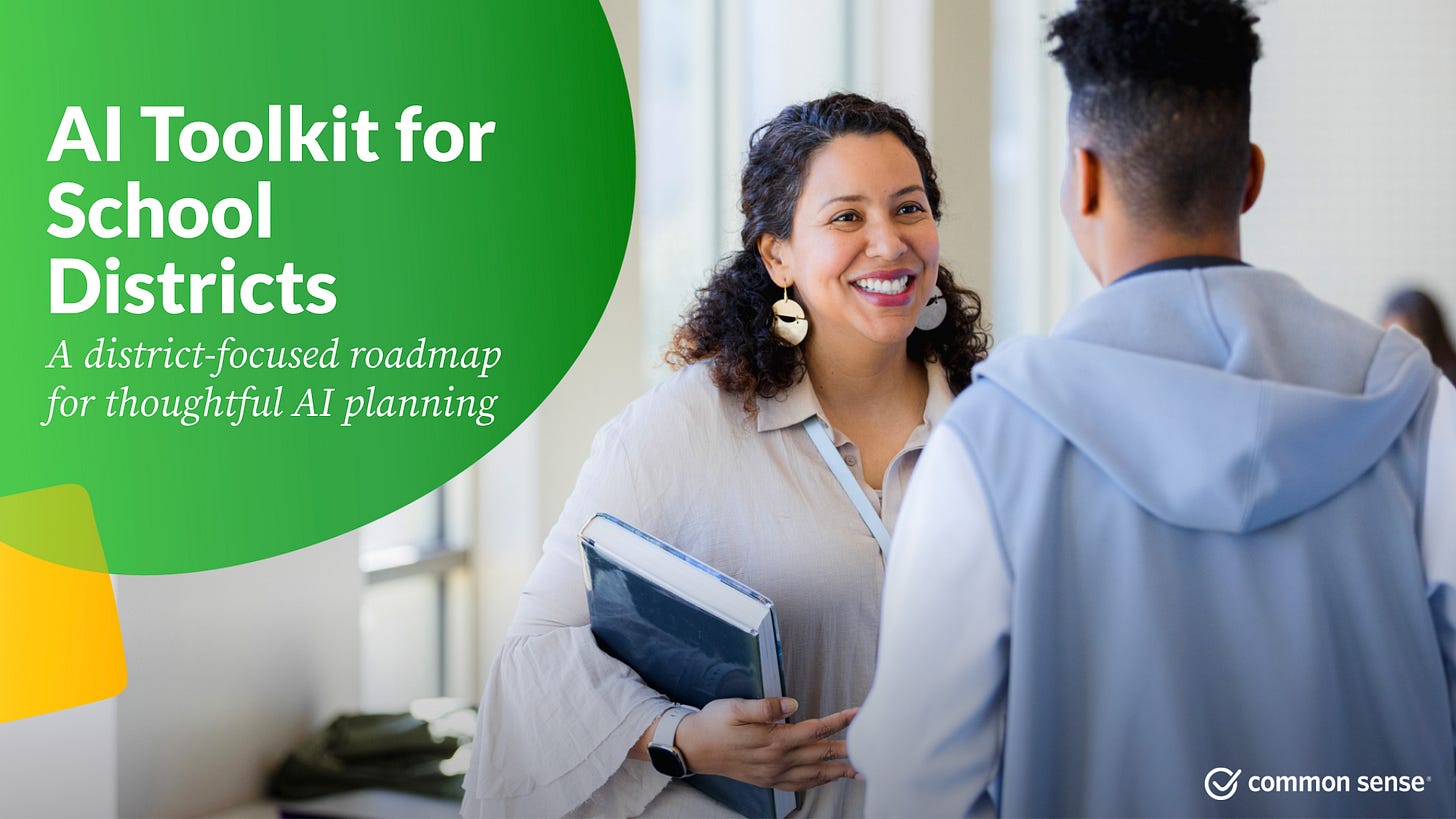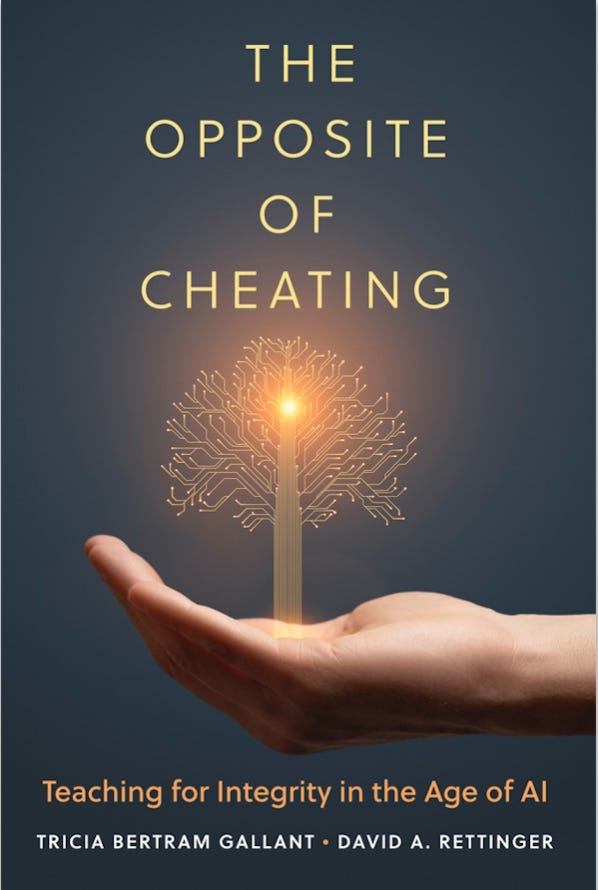10 Biggest Updates in AI and Education This Week – July 21st Edition
AI chatbots are changing more than just how students study; they’re reshaping how they connect with real people. Here are the top 10 things you need to know on AI in education to stay up-to-date.
Here are the top 10 things you need to know to stay up-to-date in AI in Education today:
1️⃣ The American Federation of Teachers (AFT) recently partnered with the United Federation of Teachers, OpenAI, Anthropic, and Microsoft to launch the National Academy for AI Instruction. This $23 million education initiative aims to provide free AI training and curriculum to all 1.8 million AFT members, including K–12 educators.
2️⃣ Google recently launched new AI resources for educators, including training, toolkits, and guides, such as a guide on teaching responsible use of AI and a course on generative AI for educators.
3️⃣ In this Meet the Moment interview with NBC News, Sal Khan discusses the transformative role of AI in education, emphasizing how it empowers teachers and personalizes learning for students worldwide. He reflects on the growth of Khan Academy and outlines his vision for future educational advancements, including free tutoring and AI integration.
4️⃣ This free step-by-step toolkit by Common Sense helps school districts implement AI safely, responsibly, and effectively. It offers ready-to-use templates, implementation guides, and customizable resources to support districts at various stages of AI exploration and adoption.
5️⃣ A new report from Common Sense Media looks at how American teens ages 13 to 17 are engaging with AI companions, based on a nationally representative survey of 1,060 teens conducted in April and May 2025. Notably, a third of teens reported using AI companions for social interaction and relationship support.
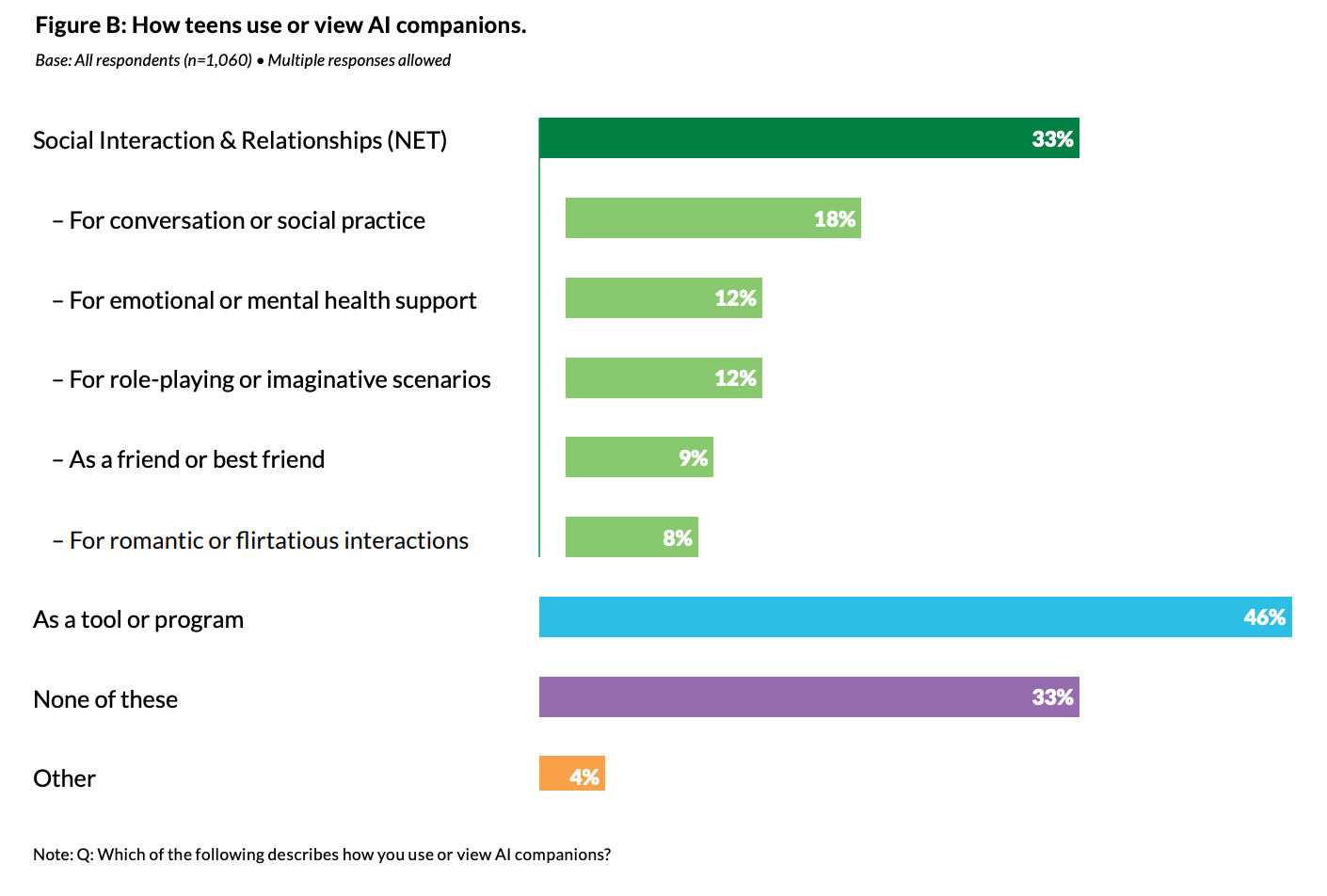
6️⃣ In the UK, Internet Matters recently released a report on how children are increasingly engaging with AI chatbots. The organization surveyed 1,000 children and 2,000 parents in the UK, revealing that vulnerable children face the greatest risks. Among this group, 71% reported using AI chatbots. 26% of them said they preferred chatting with a chatbot over speaking to a real person, and 23% mentioned they turn to chatbots because they feel they have no one else to talk to.
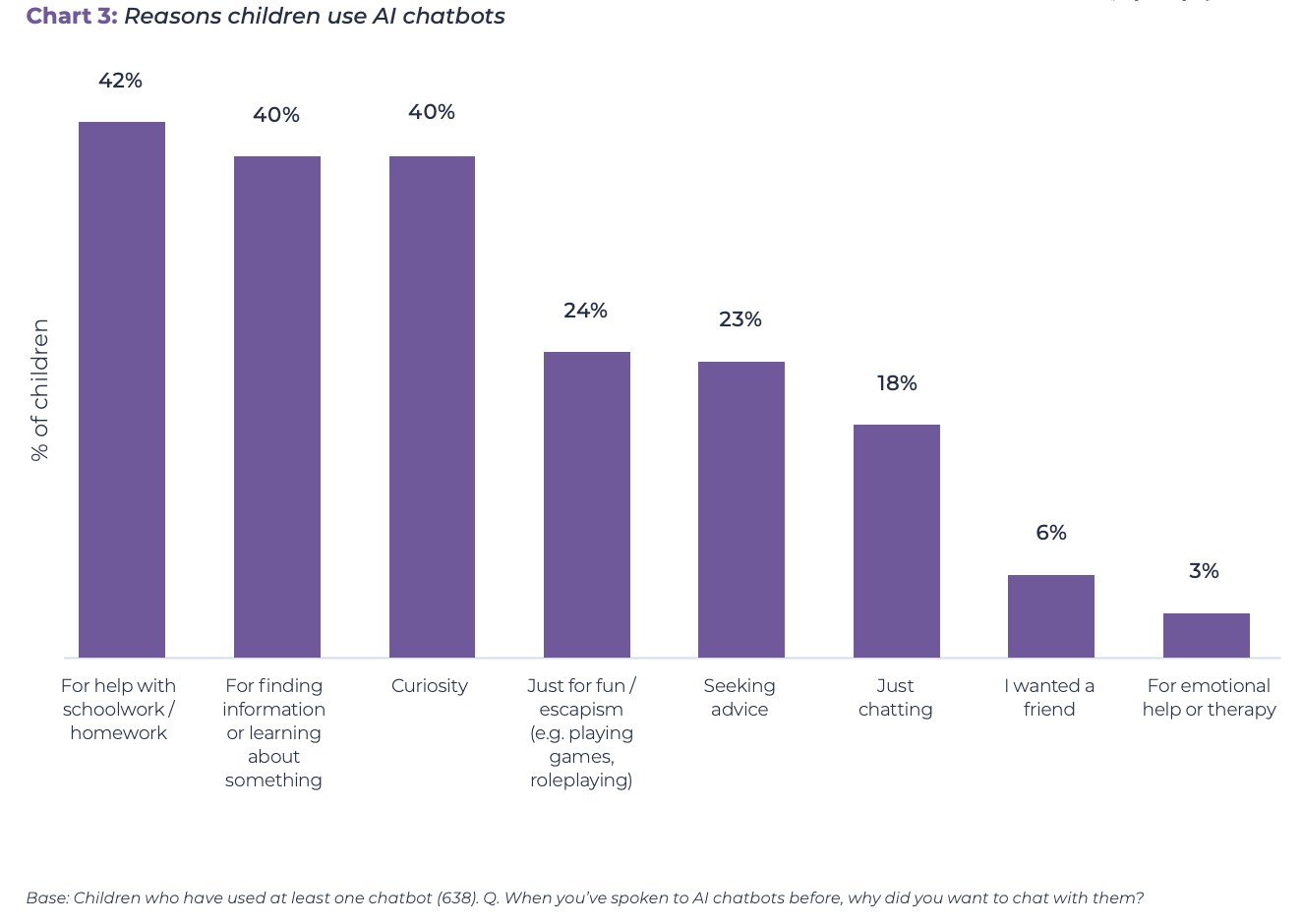
7️⃣ So, how does interacting with AI chatbots impact students’ ability to form human connections? Experts Isabelle Hau, Executive Director at the Stanford Accelerator for Learning, and Rebecca Winthrop, senior fellow and director of the Center for Universal Education at the Brookings Institution, share their commentary on what happens when AI chatbots replace real human connection.
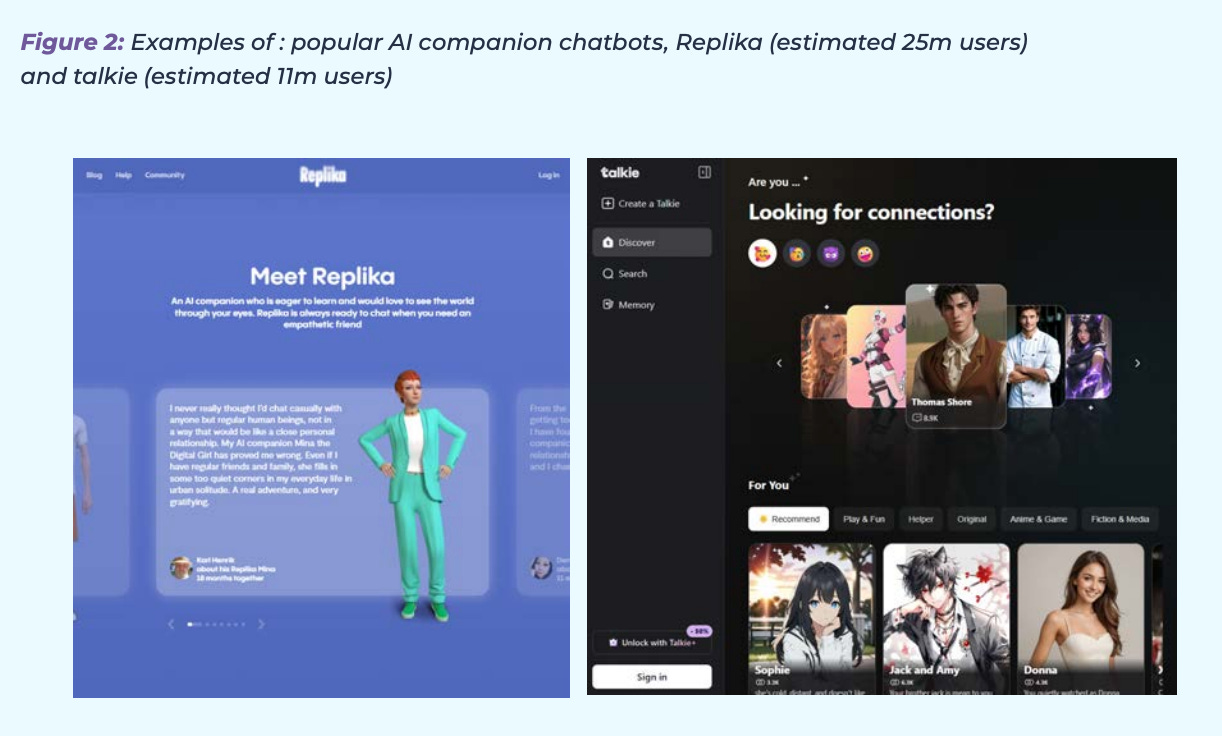
8️⃣ The way we speak about AI can subtly influence how we perceive and think about it. For example, we might shift our wording from "looking for cheating" to "looking for learning," or from "efficient" to "effective." Danny Liu, a professor at the University of Sydney, shares six language shifts that may help educators and students engage more thoughtfully with generative AI.

9️⃣ In this Designed for Learning podcast episode, Tricia Bertram Gallant, coauthor of the book The Opposite of Cheating: Teaching for Integrity in the Age of AI, discusses the impact of generative AI on academic integrity and explores how educators can shift their focus from policing cheating to fostering integrity through intentional teaching and assessment strategies.
🔟 A recent report by Gallup and the Walton Family Foundation highlights how AI tools are reshaping teachers’ workloads, boosting instructional quality, and increasing classroom optimism. According to the findings, 60% of teachers used AI tools during the 2024–25 school year, with regular weekly users saving nearly six hours per week, time they redirected toward personalized teaching, more detailed student feedback, and improved communication with parents. They found that teachers who engage with AI more frequently tend to see more potential for AI tools in education.
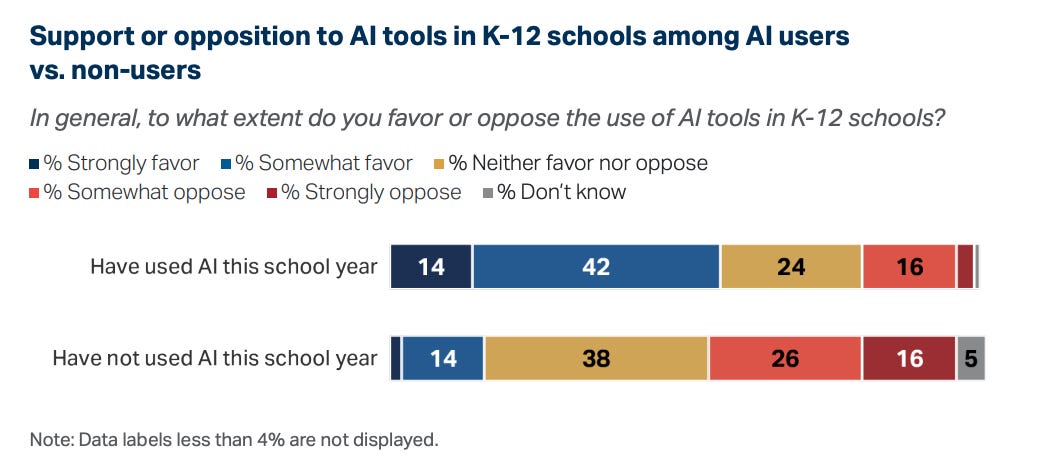
🎙️ Student Perspectives
Meet Cayden: Cayden Gu is a rising junior at Stanford University majoring in Computer Science and East Asian History. He is especially interested in the intersection of emerging technologies, robotics, national defense, cybersecurity, and tech policy.
Check out our interview below!
What are your favorite AI tools to use?
One of my favorite tools right now is Cursor, an AI-powered IDE. It’s like VS Code, but integrated with an AI agent that can understand your project based on local files. The agent can make code changes, run terminal commands, and execute workflows, basically helping you build and iterate much faster than before.
I also use Gemini 2.5 Pro a lot, especially for its improved reasoning and math capabilities. It’s particularly strong with linear algebra. I’ve started using Gemini for deep research too. When I begin exploring a new topic, I used to start with Wikipedia. Now, Gemini helps me get a more structured, nuanced overview to launch from. For example, when writing a history paper, it helps surface different perspectives, primary sources, and archival materials I wouldn’t have thought of otherwise.
The Gemini quiz feature is another tool I use. I can feed it course specific content and past examples of tests, and it generates customized quizzes based on the specific areas where I need more practice.
How are your classes integrating AI into their instruction?
AI integration in instruction varies. In most intro-level CS classes, there’s still a big emphasis on building foundational skills from the ground up.
But in upper-level courses, like a graduate policy class I took on Technology, Innovation, and Great Power Competition, using AI to get up to speed quickly was actually encouraged. There’s a ton of material like policy papers, legislation, and reports to go through, and we only had ten weeks for the course. AI tools helped streamline our workflow so we could spend more time on analysis rather than information-gathering.
In another class, Computer Organizations and Systems, the course staff experimented with a chatbot designed to answer assignment-specific questions. The idea was to simulate a TA: it wouldn’t just give away answers, but instead nudge you in the right direction. In practice, though, it wasn’t all that useful compared to just talking with an actual TA. Still, it’s a promising direction, especially considering how hard it can be to attend office hours or get quick feedback.
What concerns you about using AI in your learning?
While I think AI-powered learning can help us go further than students ever could on their own, there's a risk of becoming overly dependent. I’m a bit concerned about the Google Effect: you remember where to find information, but not the information itself.
Sometimes I worry that when it comes time for real conversation, I won’t be able to recall key ideas or facts because I’ve relied on AI to fill in the gaps in my knowledge. That’s why I intentionally try to read news articles myself instead of relying on AI-generated summaries. I want to retain nuance and train my own critical thinking.
I want to stay in control of AI, not have AI control me.
And that’s a wrap for this week’s newsletter! If you enjoyed our newsletter and found it helpful, please consider sharing this free resource with your colleagues, educators, administrators, and more.






